Yikes...I'm used to green algae, but this is pink...
Sheila
12 years ago
Related Stories

COLORBathed in Color: When to Use Pink in the Bath
Even a sophisticated master bath deserves a rosy outlook. Here's how to do pink with a grown-up edge
Full Story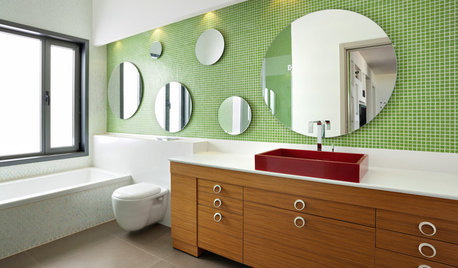
COLORBathed in Color: When to Use Green in the Bath
Splash some spring-conjuring green paint, tiles or accessories around your bathroom for natural appeal
Full Story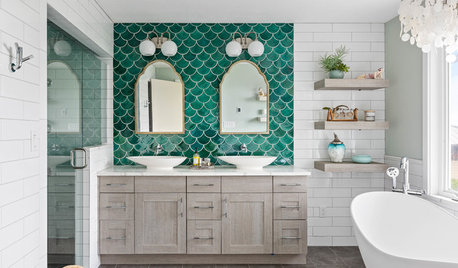
BEFORE AND AFTERSGreen Mermaid Tile and a New Layout Boost a Dated Pink Bathroom
This now-airy Whidbey Island bathroom features a soaking tub, a walk-in shower, heated floors and an expanded water view
Full Story
COLORBest Ways to Use the Neutral Green Color of 2015
Benjamin Moore’s Color of the Year is soft and natural
Full Story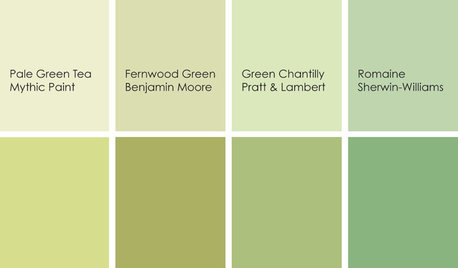
KITCHEN DESIGNCooking With Color: When to Use Green in the Kitchen
Consider a taste of Romaine or Pale Green Tea to make your kitchen walls or cabinets the freshest ones around
Full Story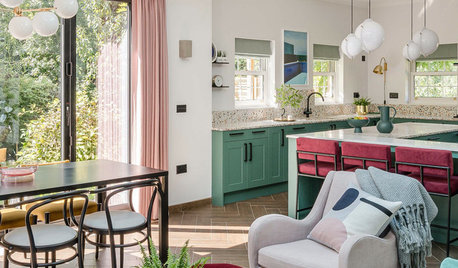
COLORStriking Color Combo: Green and Hot Pink
These 7 examples of the dynamic duo create a bright and cheery vibe
Full Story
WINTER GARDENING6 Reasons I’m Not Looking Forward to Spring
Not kicking up your heels anticipating rushes of spring color and garden catalogs? You’re not alone
Full StoryMore Discussions








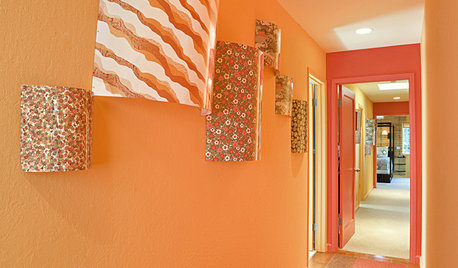

koilady
SheilaOriginal Author
Related Professionals
West Chester Landscape Architects & Landscape Designers · Clermont Landscape Contractors · Arlington Landscape Contractors · Biloxi Landscape Contractors · Concord Landscape Contractors · Milford Mill Landscape Contractors · Pine Hills Landscape Contractors · Salmon Creek Landscape Contractors · San Carlos Park Landscape Contractors · Sugar Hill Landscape Contractors · Twin Falls Landscape Contractors · University City Landscape Contractors · Wayland Landscape Contractors · Wentzville Landscape Contractors · Westchester Landscape Contractorssleeplessinftwayne
koilady
koilady